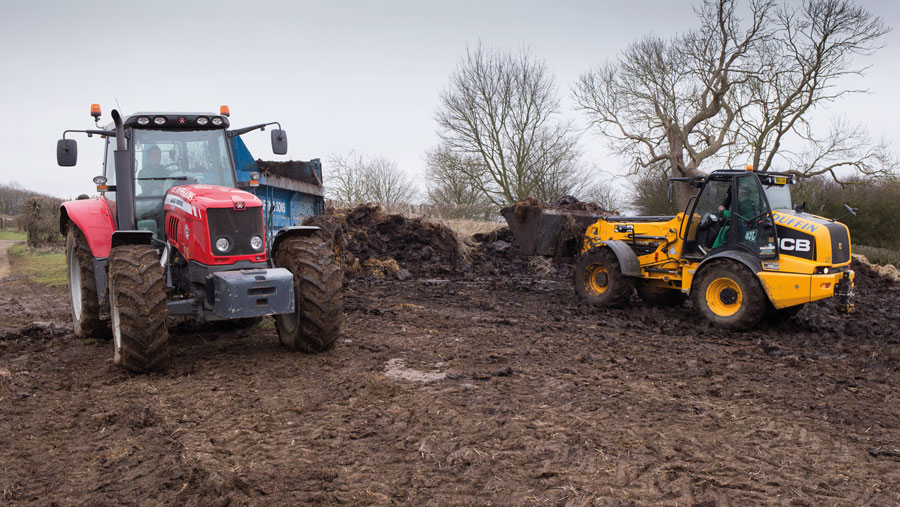Business Clinic: How to get best value on vehicle insurance
 © Tim Scrivener
© Tim Scrivener Whether you have a legal, tax, insurance, management or land issue, Farmers Weekly’s Business Clinic experts can help.
Jeremy Mitchell, regional director at A-Plan Rural Insurance, advises on vehicle cover.
See also: Business Clinic: how is extreme weather affecting the insurance market?
Q: We have a growing collection of old and new vehicles, both farm and non-farm. I am juggling several insurance policies with varying renewal dates and terms and conditions.
Will I get a better deal if I consolidate them – or should I stick with specialists for certain items? What should I consider, to balance a good level of cover with reasonable cost?
A: Farm machinery can quickly stack up, and with it the need for protection.
You might have second-hand machinery that is well worn but still working and used daily, as well as brand new kit that cost hundreds of thousands of pounds.
You may also have classic tractors for show or occasional use.
Then there are your private vehicles, including cars, farm trucks, commercial vehicles, ATVs and even a ride-on mower. All of these require motor insurance.
So, let’s have a look at your options for insuring it all.
Grouping policies together
Consolidating policies can save you time and money and provide a better standard of cover. The advantages include:
- Fleet rates can be more competitive than insuring individual vehicles
- You’ll benefit from any driver cover options rather than just specified drivers
- Having one renewal date, one broker and one point of contact can remove a lot of the admin
- You’ll avoid calling different people, for different vehicles, at different renewal dates for different questions
- A simpler claim experience when something does go wrong.
The right cover
When buying insurance for your vehicles, you’ll have the choice to cover them on either a market value (also known as indemnity) or agreed value basis.
Indemnity basis means you are insured up to the value of the vehicle at the time of the loss, taking into account age, mileage and wear and tear.
You should be no better or worse off following a claim. For agricultural vehicles, this is capped at the value you declare on your policy.
You may choose fully comprehensive cover, meaning that in the event of a loss, both your vehicle and any damage to third party property is covered.
Or third party fire and theft, which only covers your vehicle for theft and fire damage. These two options are most common and suited to nearly all vehicles on the farm.
With agreed value insurance you agree a fixed amount that your vehicle is worth. It is a way of guaranteeing value in the event of a loss.
It can suit vehicles that are worth more than average for that particular age and model, or high value or unique vehicles such as tractors or classic cars.
Other considerations
- Most new vehicles will be insured “new for old” in the first 12 months of the vehicle’s life.
- All policies should extend liability protection, which covers you for any damage to people’s property or injury you may have caused.
- Trailed agricultural equipment is often automatically covered to the same level of the towing vehicle. Check if there are any limitations to the sum insured.
- For quads, ATVs and ride-on mowers, even where a vehicle is not often driven on the road, it is worth insuring it on a motor policy. Otherwise, in the event of an incident, you could be personally liable for damages.
Speak to a specialist rural broker on how to improve cover for your vehicles.
Do you have a question for the panel?
Outline your legal, tax, finance, insurance or farm management question in no more than 350 words and Farmers Weekly will put it to a member of the panel. Please give as much information as possible.
Email your question to FW-Businessclinic@markallengroup.com using the subject line “Business Clinic”.
